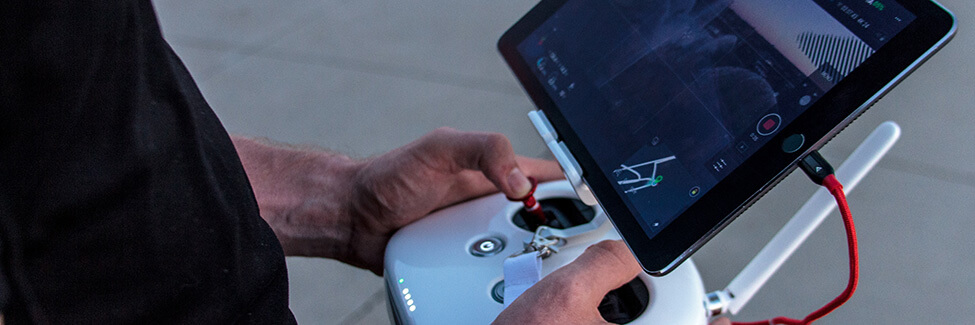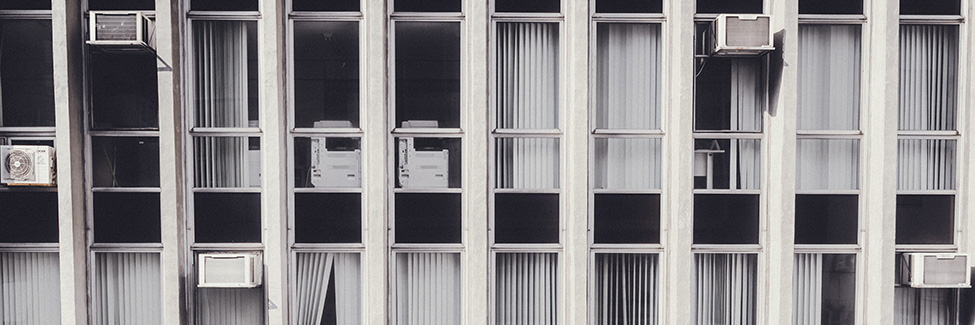
Simple Tips To Improve How You Inspect HVAC Systems Using Drones
The drone industry is revolutionizing nearly every industry, especially anything dealing with installation, maintenance, and inspection of mechanical and electrical systems.
Naturally, drone inspections have moved to HVAC systems, especially in the commercial space. Drones not only allow you to check for any irregularities in hard-to-reach places more safely, faster, and less expensively than traditional inspections – they help HVAC organization prepare to repair minor faults or diagnose larger issues swiftly.
Heating, ventilation, and air conditioning (HVAC) systems are essential to millions of residential and commercial buildings across places in warm climates like Australia. With drone technology, you can now offer your services to this lucrative, untapped market. Let’s take a look at some ways that you can improve your HVAC drone work.
Upskill Yourself
If you’ve already spent a lot of time working on your own and need additional support, consider ways to improve your professional expertise. There are a variety of Drone Courses to enroll in, all of which improve your skills and services. Keep in mind that for any commercial activities (including HVAC inspections), you’ll need to have the right accreditation from your local agency, like CASA (Civil Aviation Safety Authority) in Australia. Continued education around drone piloting is a fantastic idea and can serve as a springboard for you to take your drone business to the next level.
Improve Global Accuracy of Imaging
Using unmanned aerial vehicles (UAV’s) or drones to map out information about the built environment can seem like a tricky job, and for good reason. It is critical that the map information should correlate accurately to the other points on the map. Having confidence in the global accuracy – accuracy in the latitudinal, longitudinal, and elevation measurements on a map – can be done using ground control points (GCP’s).
In an HVAC job, placing these GCP markers accurately is fundamental to being able to create the fixed coordinate system onto which you’ll overlay your map. Though smaller residential projects may not utilize these more advanced mapping markers, commercial drone inspections often do. In this case, it’s essential that you are confident not only in your flying and navigation skills but also in your technical knowledge.
Be Familiar with Aviation Authority Guidelines
Visiting the platform for your local aviation authority, like CASA, provides you with excellent resources, current research, and even manuals and handbooks! Spending time familiarizing yourself via eLearning is a great way for you to become more confident in your work as a drone specialist. Regulations will also educate you on improved safety procedures and hazard risks.
Educate Clients on Cost-Benefit
Most people have yet to realize the immense power of drone imaging, from reducing maintenance costs of HVAC systems, collecting data quickly, and significantly improving overall safety. When visiting with a client, you should advocate for the value of your work and work out the potential and total savings that you have directly provided for the client, including reduced insurance claims, minimized time that equipment is out of working order, and total time saved leading to an increased revenue re-invested into the company.
Still have questions? Ask an HVAC expert directly via chat or phone.
Published on 2021-04-30 by HVAC Ninja Team
Last updated on 2022-07-08


